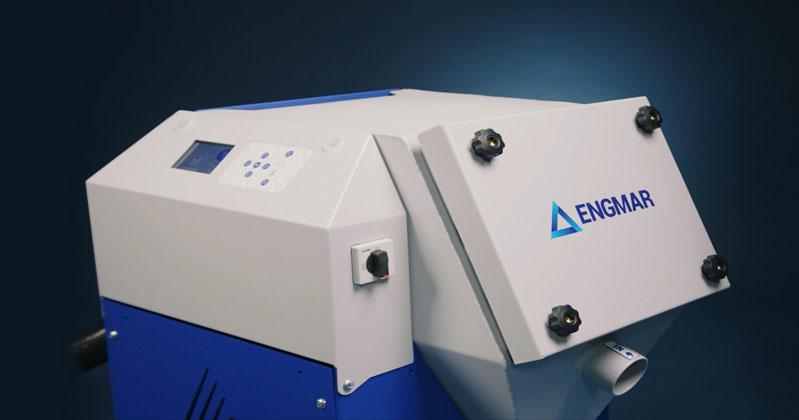Fume Control
Although general ventilation can help to control exposure by reducing background levels of fume, it is usually ineffective for the control of welder exposure. Consequently, ventilation which removes fume at source, commonly known as local exhaust ventilation, is the recommended method of fume control in the welding industry. Extracting the fume at source protects not only the welder, but also other workers, by preventing the fume from entering the general workshop atmosphere. There are four main methods of controlling exposure by removing fume at source.
These are
Information, Instruction and Training
The COSHH (Control of Substances Hazardous to Health) regulations require that an employer, who undertakes work which may expose his employees to substances hazardous to health, provides information, instruction and training to allow them to know the risks to health created by the exposure and the precautions to be taken. Furthermore, the Management of Health and Safety at Work Regulations 1999 require that employers assess the risks to health of employees arising from their work. The actions arising from the risk assessment are dictated by COSHH Regulations.
The limits to which welding fume and its component parts must be controlled are provided in Guidance Note EH40 'Occupational Exposure Limits ' available from the Health and Safety Executive. Substances may have either a maximum exposure limit (MEL) or an occupational exposure standard (OES). Welding fume as a mixture has an OES, but account must also be taken of the exposure limits of the individual fume constituents. This means that not only should exposure to welding fume be controlled within the limit set by the welding fume exposure standard, but that the individual fume components must also be controlled within their own limits.
Further information:



